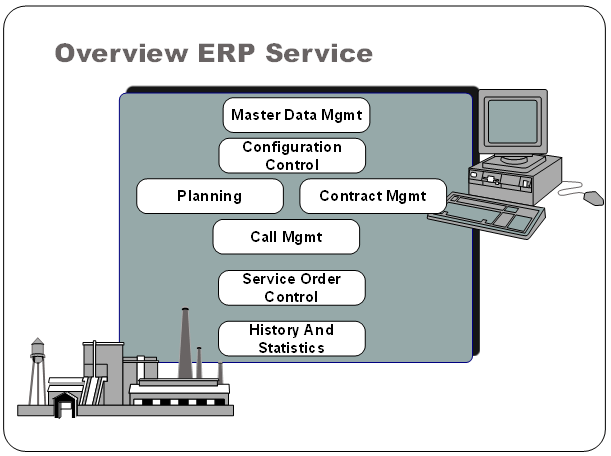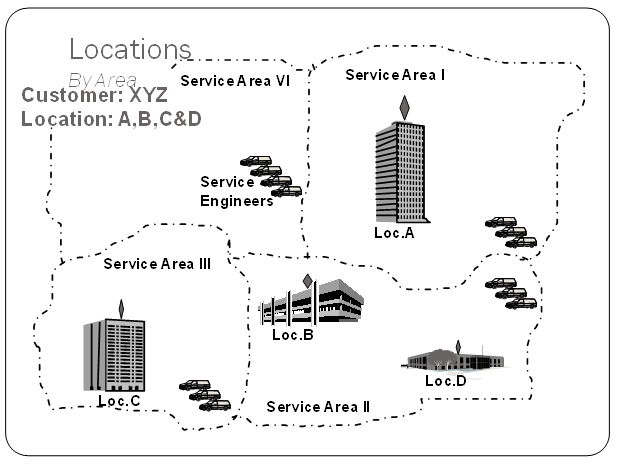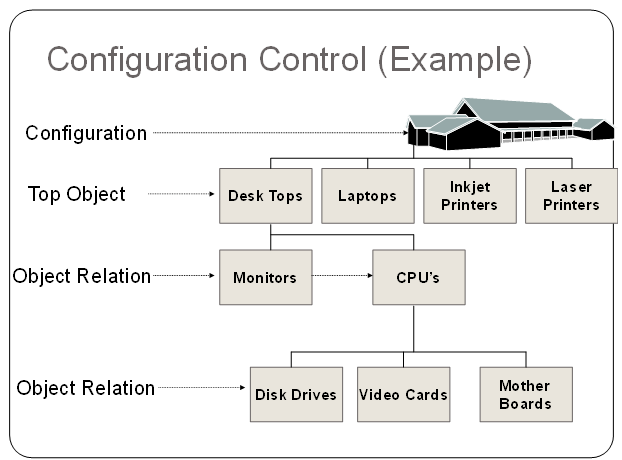ERP Service Module – Call Handling and Service Orders Control
February 12, 2025
 Why Nations and Firms must Pursue Growth, but, Sustainably and Responsibly ?
Why Nations and Firms must Pursue Growth, but, Sustainably and Responsibly ?
How the Growth at all Costs Mantra is Harming Us Ever since the time of the Enlightenment in the Nineteenth Century, the world has been chasing growth and more growth in all aspects of economic and social as well as political spheres. While it is natural for nations and firms following the capitalist model of […]
 The Impact of GDPR on Business
The Impact of GDPR on Business
The Internet has drastically changed in the past few years. Consumers have now become very aware of their privacy issues. Many consumers want to be in control of the data that they create and share online. Till now, the contracts used to be drawn by social media companies. Hence, they were heavily skewed to be […]
 Working Capital Management – Cash, Inventory and Account Receivables
Working Capital Management – Cash, Inventory and Account Receivables
Introduction Businesses require adequate capital to succeed in business environment. There are two types of capital required by business; fixed capital and working capital. Businesses require investment in asset, which has to be utilized over a longer period of times. These long-term investments are considered as fixed capital, e.g. plant, machinery, etc. Another type of […]
 The Economic Effects of Digital Distractions
The Economic Effects of Digital Distractions
The 21st century is also known as the information age. The biggest companies in the world today sell nothing but information. Consider the case of Google, Facebook, and Twitter, etc. that have billions of dollars in market capitalization. Every company, big or small, now has a social media department. The job of the people in […]
 Development of Services that Support International Business
Development of Services that Support International Business
Ecosystem of Services Any business in order to function and grow needs an ecosystem of suppliers, vendors, and infrastructure that supports the operations of the business. For instance, if a certain company wants to setup its operations in a particular place, it needs land, roads, water and power supply, and vendors and suppliers to supply […]
It is of utmost importance for any business enterprise to maintain their existing customers. A proper after sales service through quick response prompt delivery is needed for enhancing customer satisfaction. Service need may encompass scheduled as well as unscheduled maintenance, warranty management, defect identification etc.
Salient feature of a service related module:
Overview of ERP service module - This is best illustrated by the following schematic diagram:

It may be seen from the above that an ERP service module constitutes of following major components
Master Data Management: Master data management is used to set up service module and broadly consists of maintaining general service data, service organization data and service items data as per following details:
General Service data:
Service organization data: Service Centers
A typical service organization is depicted by the following schematic diagram:

Service item data: Following details are recorded under service item data:
Configuration Control (Installations) - Service bill of materials is used for maintenance of a standard product. For customized items a configuration which define product structure and consists of various objects, is needed to be defined. The concept is best illustrated by the following schematic diagram:

With the Item data of a delivered product and the customer (location) data, a Configuration is generated by entering a Configuration Code. Object is a component of a configuration which is an item sold plus its serial number. Warranty, replacement, and history of repairs are directly associated with objects. Objects are controlled by versions and version control is used to keep structural changes of a configuration.
Your email address will not be published. Required fields are marked *